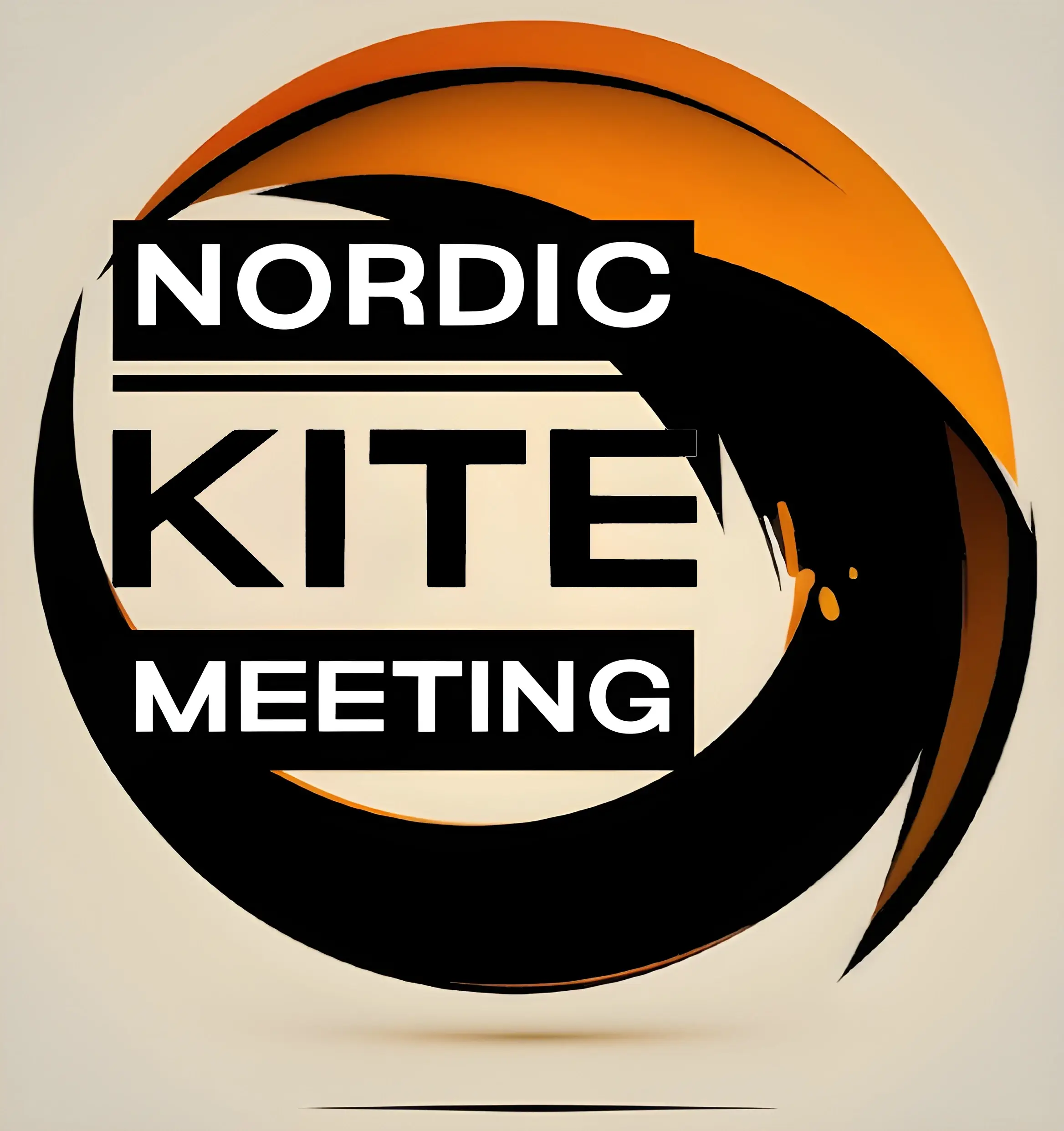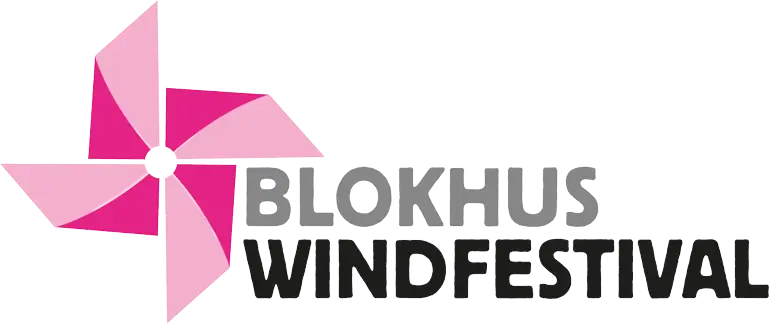So every time… well, almost every time I go flying, I will include a bit of intentional flying too. You know, practicing (and repeating) basic flight patterns.
Last weekend was no exception and here’s a little exercise for you … and me!
It’s really basic, but important nevertheless. All you have to do is make your kite fly straight up from the ground almost to the top of the wind window and then reverse down, but stop and hover for a sec three times both by flying upwards and downward.
Yes, that’s all there’s to it. Simple but not always easy when taking the key elements into consideration.
First the upward and downward trajectories should be perfectly vertical. All the stops should be distinct. When hovering, the kite should look like glued to the sky and the flying speed should be calm, cool and constant.
Lots of things to practice when flying, and repetition is a significant keyword in this context. Adviced by John Barresi, repeat without adjusting anything five times. Then go through each rep in your mind. Did the same faults occur several times? The more times the more pilot input is likely to be blamed.
Then pick one fault and do the adjustment you think would be required to remedy the fault and give it a go another five more times and see what happens.
Then continue with more adjustments and five more reps until you getting there … or close by!
Here’s a video of this exercise as carried out on Sunday. 👍





2 responses
Personally I find keeping the kite in the inverted hover simpler than in the “standard” hover, probably because I use the outermost knots on the top leaders (brake heavy setting). What one currently practice might not be extremely important, focus shifts (because “Everything one do, every part of a session can be improved “), so the suggested challenge of yours in a way becomes one thing among others that “should work”.
I’ll try the challenge out and make the best of the suggested drill of yours (with the bonus of getting some context and community feeling in a situation where there appears to be no “serious” DLK/QLK kiters in my region). I’ll start by carefully tweaking the top leader length to make it less brake heavy and consider stiffness flexibility of the LE to give more lift in the std hover. Perhaps this agrees with my current focus as well: Focusing on the presence of the kite on all four lines to improve the tip pivots/powered turns. Currently I rely much on the brake heavy setting of the leaders/handles for getting a good drive (reference) and good control over start/stops. I hope to be able to transfer the feeling of the drive/setting to a less brake heavy set up by being aware of the feeling in all four lines for “getting a good drive” – kind of sensing a (good drive) reference point and depend less on the leader adjustment for finding it. I do not know if or how it will work out.
> (in the video) A little tip for you ; When stopping the reverse flight…
Thinking of it, a distinct stop when flying backwards should be trickier. If you make a stop when the kite is going forward the LE/sail flexes back when you extend your arms and you then very rapidly lose forward drive. When you instead fly backwards and make a stop by extending your arms and the sail/LE flexes back you should therefore lose forward drive, which is the opposite of what you want to accomplish. How I handle it – I don’t know (perhaps releasing the brake and briefly load/power the sail to stop it???), need to think about it the next time(s).
OK, I didn’t do the exercise as promised, instead I focused on the (for me difficult part:) stops during the reverse flight downwards (with LE up). The “secret” I believe is in how you fly backwards. Don’t mix it up with a DLK landing (as I did first) by walking towards the kite to back it down by releasing line tension. In light wind, for a QLK, you might even need to walk backwards to power the sail up. Once powered up, fly towards the ground by “dragging it down”, i.e. *flying* it backwards to reach the ground by pulling on the “brake” lines. Then do it the way that Sven found good, extend the arms , especially the brake line part of the handle, to stop the kite and make it hover. If you instead would to do the reverse flight like when gently landing a DLK on the wingtips, i.e. by walking towards the kite, you have already reduced the pressure on the sail and gotten rid of most (immediate) control when de-powering the sail. Now I can hardly wait to see if the above described method is also good for stops in horizontal reverse flying or reverse wing tip pivots!
Thank you for this challenge that forced me to think in new ways!